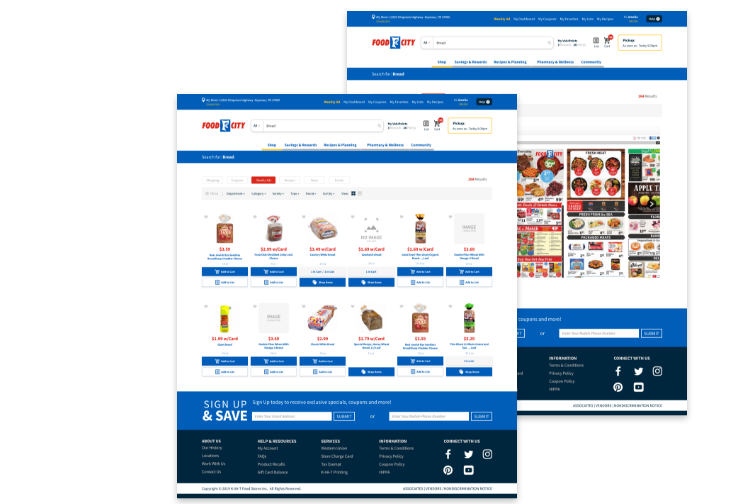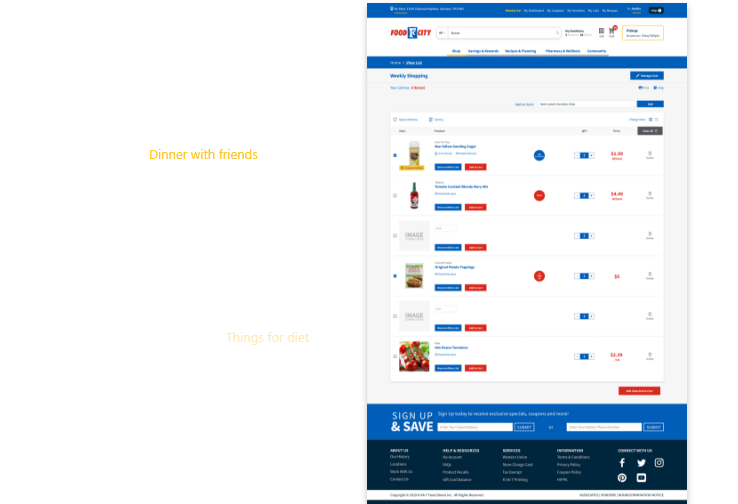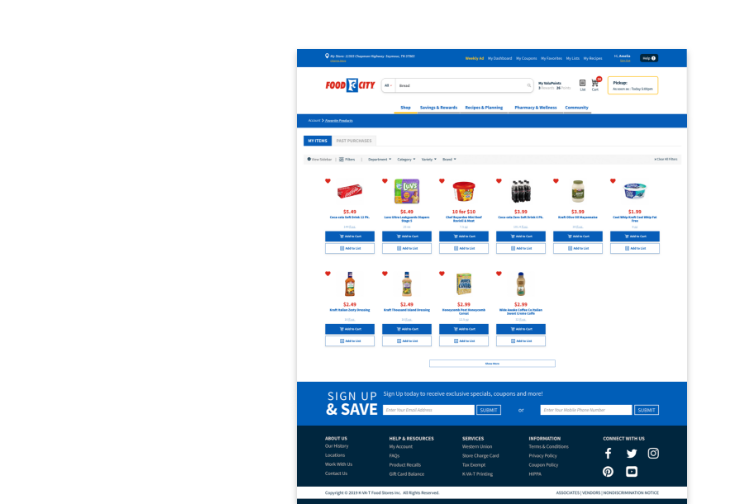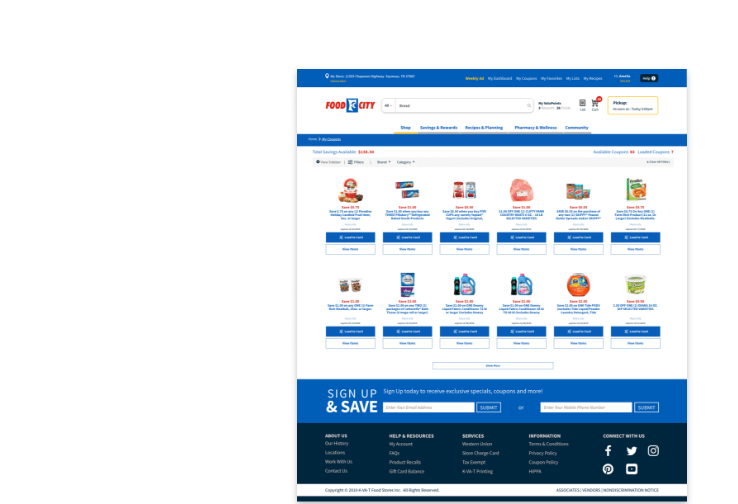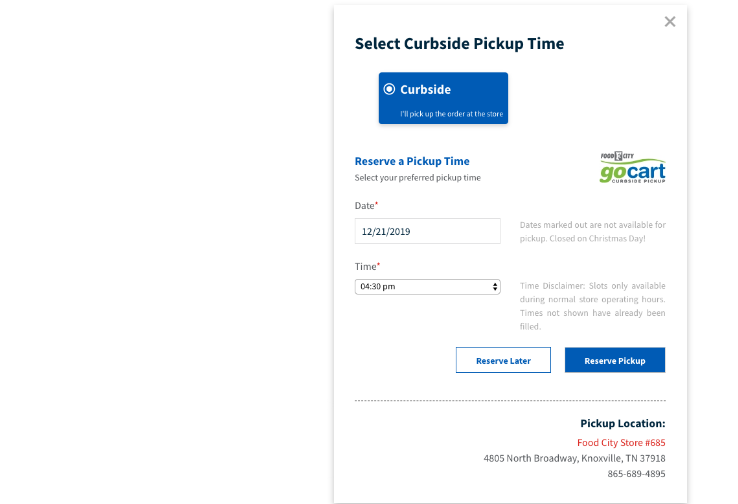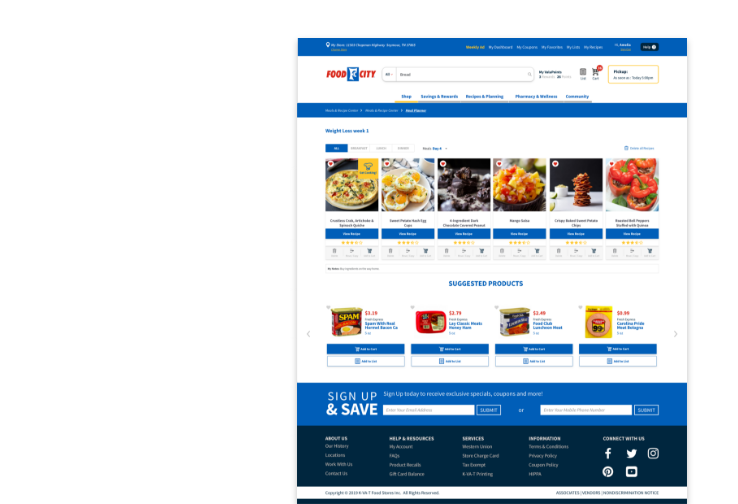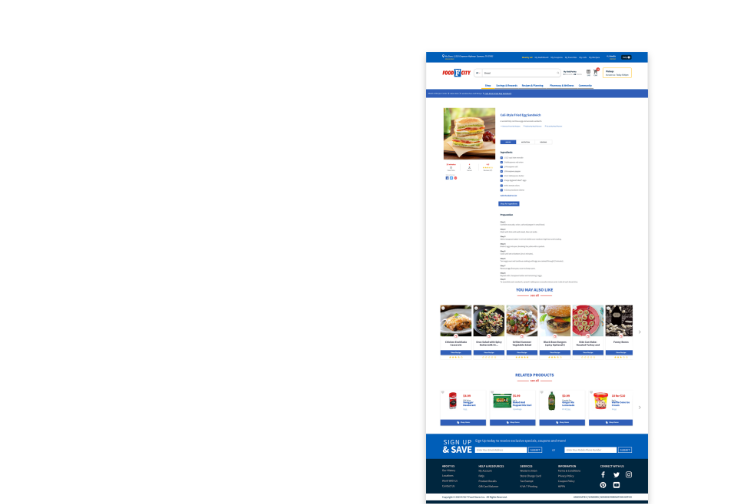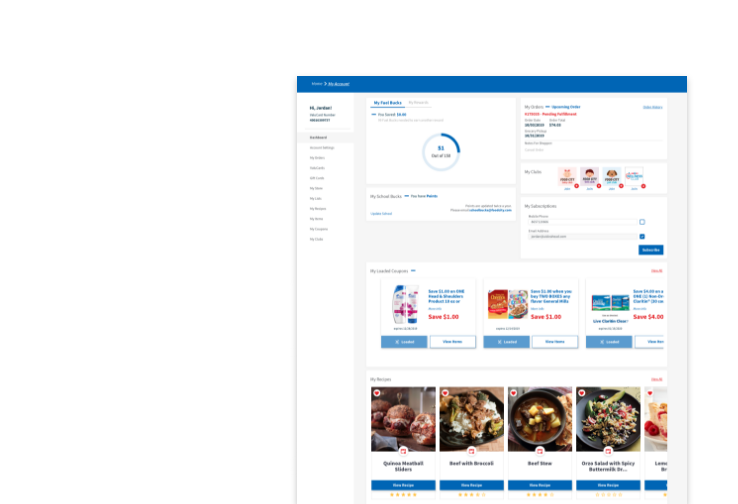
Wellness Club — Over the Counter Analgesics
Abingdon, VA. -
Saturday, Apr 1, 2023.
Written by: Anna L. Lyall, PharmD, Clinical Health Coach
Over the counter analgesics are the common “go-to” medications for many Americans facing pain, fever, or inflammation. OTC medications generally work quickly, are readily available, and have simple regimens to follow. However, these simple medications are not always beneficial to your body and may interact with prescription medications. While OTC analgesic are great for short term relief, consumers should caution their use and discuss usage with their provider and Food City pharmacist.
OTC Pain Relievers:
There are two main categories of over-the-counter pain medicines: Nonopioid analgesics and Nonsteroidal Anti-inflammatory Drugs (NSAIDs). Examples of NSAIDs which are also nonopiod analgesics include ibuprofen (Advil®) and naproxen (Aleve®). Ibuprofen and Naproxen inhibit an enzyme called COX-1 and COX-2 which results in decreased prostaglandin precursors and helps reduce fever, relieve pain, and decrease inflammation. The most common nonopioid analgesics is acetaminophen (Tylenol®). Acetaminophen works in the heat-regulating center of our brain, the hypothalamus to reduce fever. However, it is believed that the pain-relieving effects come from activation of serotonergic pathways in the central nervous system.
Know Your Risk:
Over-the-counter pain relievers are not for everyone. Individuals with a history of heart disease, high blood pressure, gastrointestinal upset, peptic ulcer disease, kidney disease, and/or liver cirrhosis may need to avoid these products or speak to their provider concerning use.
For those who do not have risk factors and have been given the “okay” by their provider, OTC pain relievers should still be used with care. Dosing should be administered as stated on the package label and titrated with the lowest dose possible to evaluate relief. Over-the-counter pain relievers are generally not medications you want to continue using long term. They are great for the occasional spouts of pain, inflammation, or headache but if the pain continues to worsen or you become dependent on the medication there may be a deeper medical issue present. Therefore, do not continue to mask the problem and make an appointment with your provider.
Choosing the Right Pain Reliever:
Is Tylenol better than Ibuprofen or is Ibuprofen better than Tylenol? Sometimes this question can be a hot topic amongst friends and family members. However, the answer often depends upon individual response and/or the ailment being treated. NSAIDs like ibuprofen (Advil®) and naproxen (Aleve®) are typically helpful if the issue involves inflammation. NSAIDs, as the name suggests, are anti-inflammatory. The anti-inflammatory effect of NSAIDs like ibuprofen makes it a decent choice for things like back pain, neck pain, or muscle sprains and strains. Tylenol is a non-opioid analgesic which is thought to relieve pain by reducing signals in the nervous system and not at the site itself. Tylenol may be equally as effective at relieving pain, but the mechanism of action is a bit different. Both Tylenol and Ibuprofen are pain relievers and fever reducers.
Administration:
Ibuprofen is most commonly sold as a 200mg tablet or capsule. Ibuprofen labeling states that adults and children 12 years and older may take 1 tablet/capsule every 4 to 6 hours while symptoms persist. If pain or fever does not respond to 1 tablet, 2 tablets may be used. Do not exceed 6 tablets (1200mg) in 24 hours unless directed by a doctor. However, labeling for Ibuprofen migraine capsules states that you should not use more than 400mg in 24 hours. Ibuprofen should be taken with food or milk to decrease GI upset. Ibuprofen has boxed warnings of cardiovascular risk including heart attack and stroke as well GI risks including bleeding, ulceration, and perforation of the stomach or intestines. Ibuprofen is metabolized by the kidneys.
Naproxen is most commonly sold as a 220mg tablet or capsule. Naproxen labeling states that adults and children 12 years and older may take 1 tablet/capsule every 8 to 12 hours while symptoms last. For the first dose you may take 2 tablets/capsules within the first hour. Do not exceed 2 tablets/capsules (400mg) in any 8 to 12 hour period. Do not exceed 3 tablets/capsules (600mg) in a 24 hour period. Naproxen should be taken with a full glass of water and food or milk to decrease GI upset. Naproxen has boxed warnings of serious cardiovascular thrombotic events and serious GI bleeding, ulceration, and perforation.
Tylenol is most commonly sold as 325mg or 500mg tablets/capsules. Regular Strength Tylenol (325mg) labeling states that adults and children 12 years and over may take 2 tablets/capsules (650mg) every 4 to 6 hours while symptoms last. Do not take more than 10 tablets/capsules (3250mg) in 24 hours, unless directed by a doctor. Dosage recommendations, including maximum doses, vary among OTC manufacturers. Tylenol can be taken without regards to food, but may be taken with food to decrease GI upset.
Dosages listed above do not apply to specific populations, populations with other risk factors, or for those who have kidney impairment or liver impairment.
Summary:
Over-the-counter pain relievers are a great option when you’re in a pinch. However, just because they are readily accessible does not mean they are right for you. Speak with your Food City Pharmacist about warnings, precautions, and interactions with prescription medications.
This article is intended for information purposes, please speak with your health care provider concerning diagnosis and treatment.*
References:
Facts and Comparisons. Wolters Kluwer: https://online.factsandcomparisons.com/lco/action/home
Cleveland Clinic. Healthessentials: OTC Pain Relievers: Types, Uses and Effects – Cleveland Clinic

